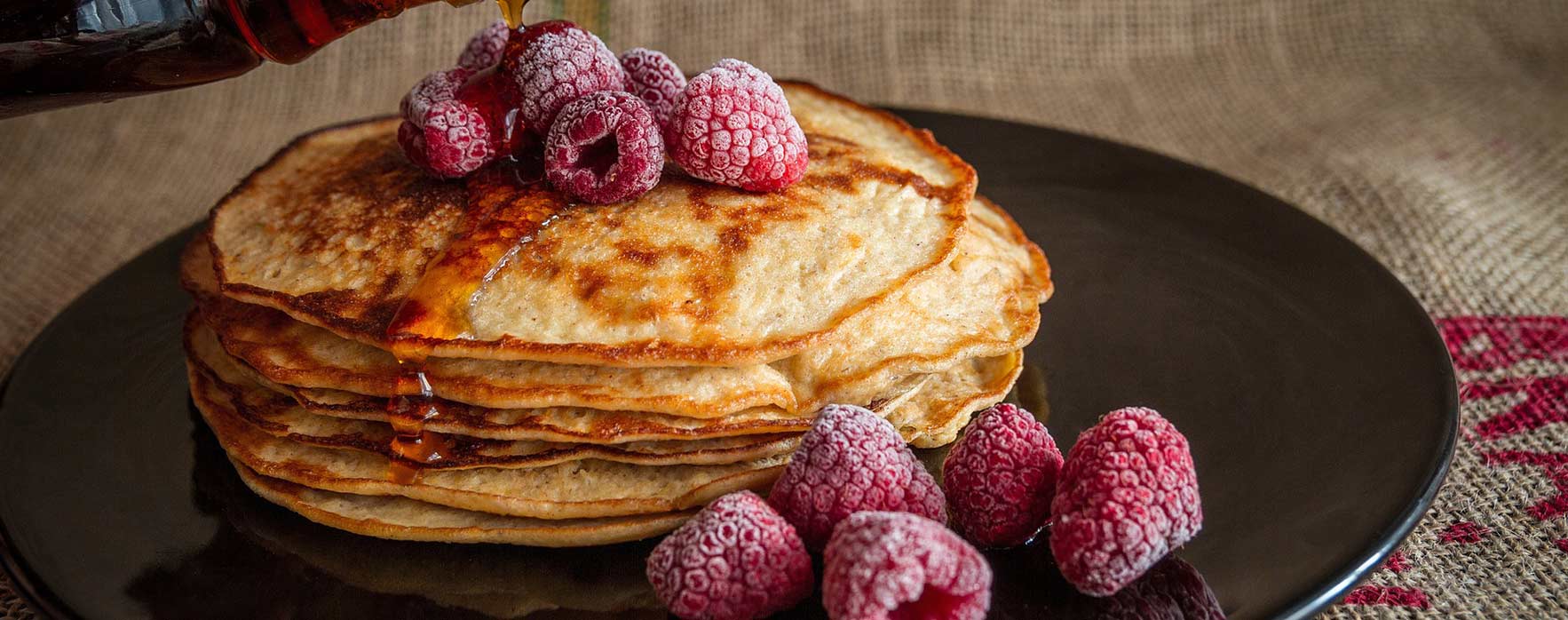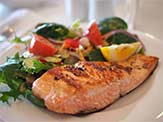

food, substance consisting essentially of protein, carbohydrate, fat, and other nutrients used in the body of an organism to sustain growth and vital processes and to furnish energy. The absorption and utilization of food by the body is fundamental to nutrition and is facilitated by digestion.
Food is treated in a number of articles. For a description of the processes of absorption and utilization of food, see nutrition; nutrition, human; digestion; and digestive system, human. For information on the methods used to prepare raw foods for cooking, consumption, or storage, see food preservation.
HOME RECIPES: A home recipe is a dish that was made from scratch or from more than one ingredient and not from a commercial mix alone.
The first category (Fast Food Sandwiches) includes only sandwiches purchased at the following fast food places: Arby's, Burger King, Hardees, Jack-in-the-Box, Kentucky Fried Chicken, McDonalds, Roy Rogers, White Castle, and Wendy's. If the sandwich is from one of these places, you need only get the name of the sandwich and any changes made to the standard item (deletions or additions).